Warehouse
Deadline
July 10, 2026
Judging
Date
July 26, 2026
Winners
Announced
August 12, 2026
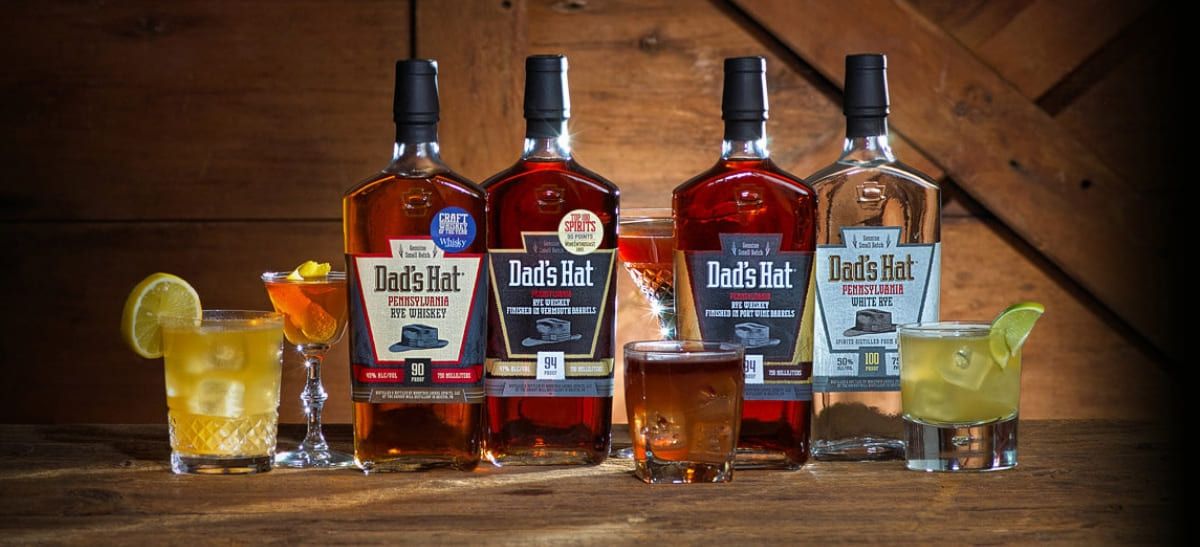
If you are still not convinced that the craft whiskey movement has surged in popularity across America, just consider what’s happening in Pennsylvania right now. Just 20 years ago, the state’s once-booming rye whiskey industry saw the doors of its last operating distillery (Bomberger’s) close forever. Now, however, there has been a resurgence of the state’s craft distillers, with many of them now reconnecting with long-lost methods and approaches that date all the way back to the Prohibition era.
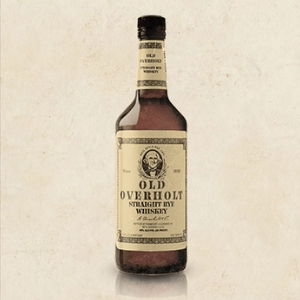 The one big name in Pennsylvania whiskey has always been Old Overholt. The company was famous for its big, bold rye whiskies and its dedication to quality. In the pre-Prohibition era, the company famously invested in climate-controlled warehouses before any of its competitors. And Old Overholt was held up as the paragon of what a rye whiskey should be. Best of all, the company was owned and operated by the powerful and wealthy Frick family and was part of the legend and lore surrounding industrial Pittsburgh. In 1910, the company celebrated its 100th anniversary, and Old Overholt’s place in 20th-century business history seemed guaranteed.
The one big name in Pennsylvania whiskey has always been Old Overholt. The company was famous for its big, bold rye whiskies and its dedication to quality. In the pre-Prohibition era, the company famously invested in climate-controlled warehouses before any of its competitors. And Old Overholt was held up as the paragon of what a rye whiskey should be. Best of all, the company was owned and operated by the powerful and wealthy Frick family and was part of the legend and lore surrounding industrial Pittsburgh. In 1910, the company celebrated its 100th anniversary, and Old Overholt’s place in 20th-century business history seemed guaranteed.
But then came Prohibition, the shutting down of distilleries due to the lack of demand across the nation, and a popular backlash against rye whiskey. Even beer and wine producers got into the act, looking for ways to separate themselves from whiskey producers in a last-ditch bid to save their own industries. Old Overholt started to change its marketing and advertising approach, even going so far as to emphasize the medicinal qualities of the whiskey in order to appeal to housewives, and downplaying its former image as the type of whiskey that industrial workers would enjoy throwing back after a long day in the factory.
Decades of neglect followed World War I, and by 1987, it was time for Old Overholt to be acquired by a bigger business entity. That entity, of course, was Jim Beam. And almost overnight Jim Beam converted Old Overholt into a Kentucky-style rye. Suddenly, a brand associated with rye whiskey was transformed into a brand associated with corn whiskey. To many outside observers, the end of Old Overholt as a Pennsylvania brand meant the end of Monongahela whiskey. That is, until recently.
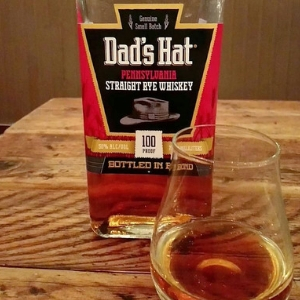
One big reason for the resurgence of rye whiskey has to do with changing consumer tastes. Consumers are now looking for an alternative to smooth, blended whiskies or bourbons made with corn mash. Hipsters have embraced the idea of drinking big, bold, pre-Prohibition-style rye whiskeys with their artisanal cocktails. At the same time, there has been a resurgence in America’s great industrial cities.
The confluence of all those factors is what has led to the arrival of companies like Dad’s Hat on the Pennsylvania rye whiskey scene. The company’s name itself is a tribute to an earlier era when the company’s founders’ dads would come back from the hat factory and enjoy a drink of rye whiskey.
As a result, Dad’s Hat is very specific about its mash bill, which is 80% rye, 5% malted rye and 15% malted barley. Corn is not included at all, and the company has made clear that its singular focus in the future will be rye whiskey. As a result, Dad’s Hat is perhaps the classic example of how rye whiskey is making a big comeback in Pennsylvania.
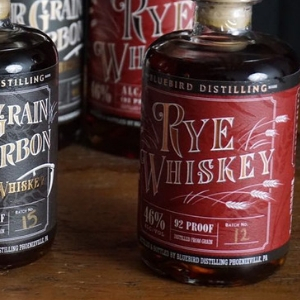 Located just 30 minutes outside of Philadelphia, Bluebird Distilling is another prime example of how the craft whiskey industry is enjoying a rebirth in the Keystone State. The company produces a 100% rye grain whiskey, which hearkens back to the glory era of rye whiskey in the state. Old ways and old drinks are on the rise, and Bluebird Distilling is at the forefront of this trend.
Located just 30 minutes outside of Philadelphia, Bluebird Distilling is another prime example of how the craft whiskey industry is enjoying a rebirth in the Keystone State. The company produces a 100% rye grain whiskey, which hearkens back to the glory era of rye whiskey in the state. Old ways and old drinks are on the rise, and Bluebird Distilling is at the forefront of this trend.
Located in Western Pennsylvania, Liberty Pole Spirits is very much in the tradition of the proud craft distillers during the Prohibition era. The company produces a rye whiskey in the no-corn style. That means a final mash bill that is 61% rye, 13% malted rye, 13% wheat and 13% malted barley.
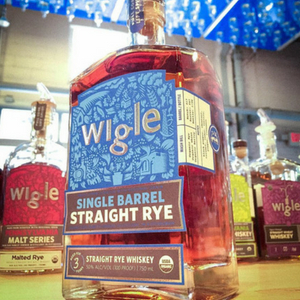
Located in the heart of Monongahela County in Pittsburgh, Wigle Whiskey is best known for is the extensive list of whiskey releases. The company employs a variety of mash bills, typically consisting of a final mix that is at least two-thirds rye. The remaining component is typically wheat and malted barley.
Just like Dad’s Hat, Wigle Whiskey produces “bottled in bond” versions of its rye whiskey. While that might sound like marketing-speak, the term “bottled in bond” actually has its roots in legislation that is more than 100 years old. According to legislation from 1897, American-made distilled beverages had to be aged and bottled according to very strict rules and guidelines in order to include “bottled in bond” on the label. Notably, the rye whiskey had to be made at a single distillery, it had to be made by a single distiller, it had to be produced during a single distillation season, it had to be bottled at 100 proof, and it had to be aged at least 4 years in a federally bonded and supervised warehouse.
Thus, for companies like Wigle and Dad’s Hat to produce bottled in bond versions of their whiskies, there has to be a real commitment to quality, technique and tradition. Bottled in bond is very much in keeping with the tradition of whiskey distilling in the pre-Prohibition era.
At one time, it looked like Pennsylvania’s long tradition of whiskey distilling was coming to an end. But now people are holding up the example of Pennsylvania as emblematic of a new type of story unfolding in America – the rebirth of once-great regions of the nation. It is the story of the re-emergence of the Mid-Atlantic region and industrial areas of the nation, as well as the return of industries that have lain dormant for decades.
And, of course, it doesn’t hurt matters that Brooklyn hipsters and other young millennials have embraced rye whiskey as a real and authentic spirit. When creating artisanal cocktails designed to be consumed in modern-day speakeasies, what could be more natural than combining rye whiskey as part of the cocktail recipe? With that in mind, it looks like rye whiskey is having a real moment in America. Remember – rye whiskey is generally considered to be America’s first distilled spirit, with a proud tradition dating back to 1648. So it’s not just a case of reconnecting with brands and recipes from the Prohibition era – it’s also about reconnecting with what makes American whiskey different than Canadian or Scotch whisky. Rye is big and bold – just like America.
Image Credit: Dad’s Hat Rye on Instagram (@DadsHatRye)
The 2025 Winners List is Now Live! Explore the Full List!